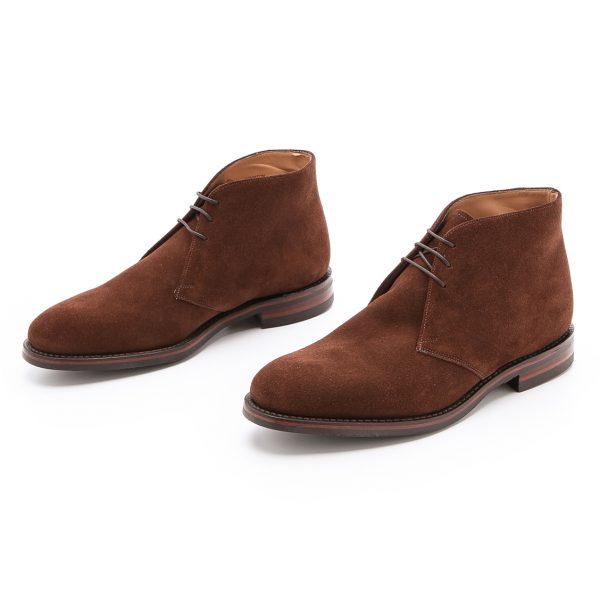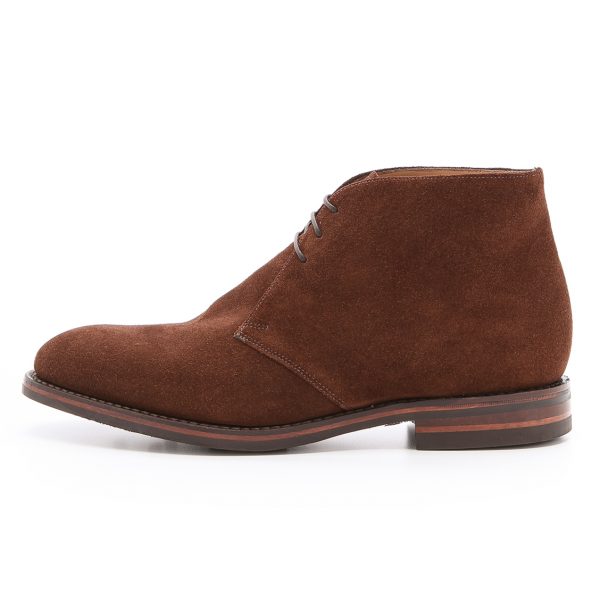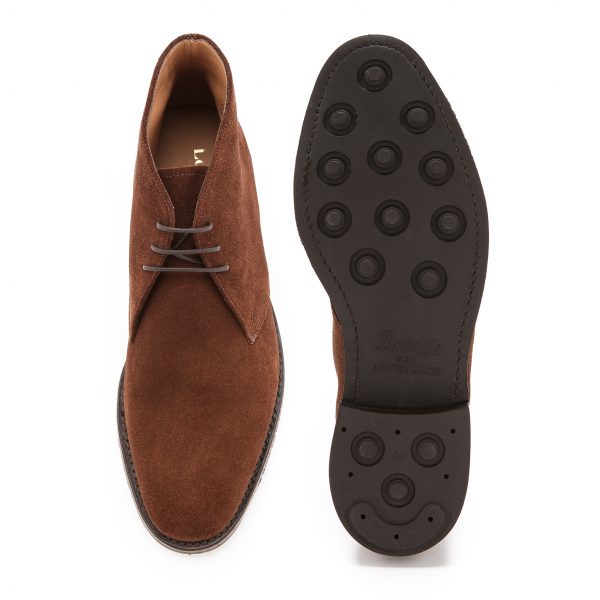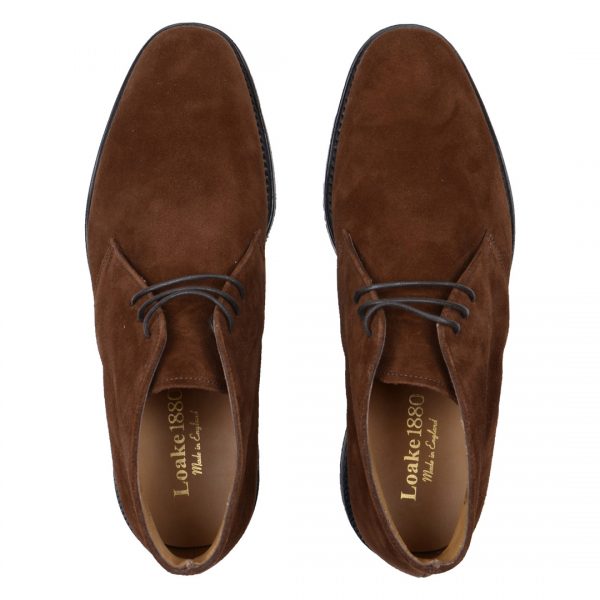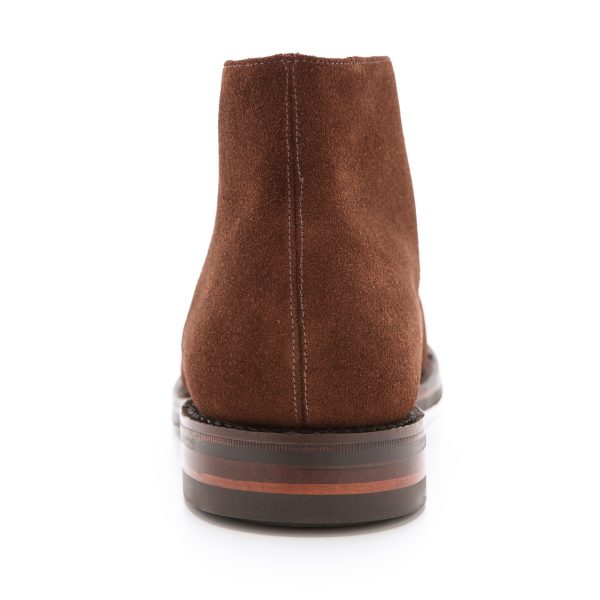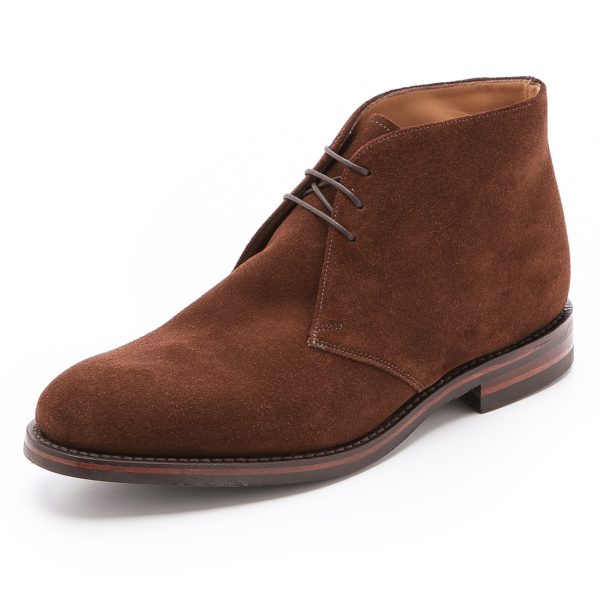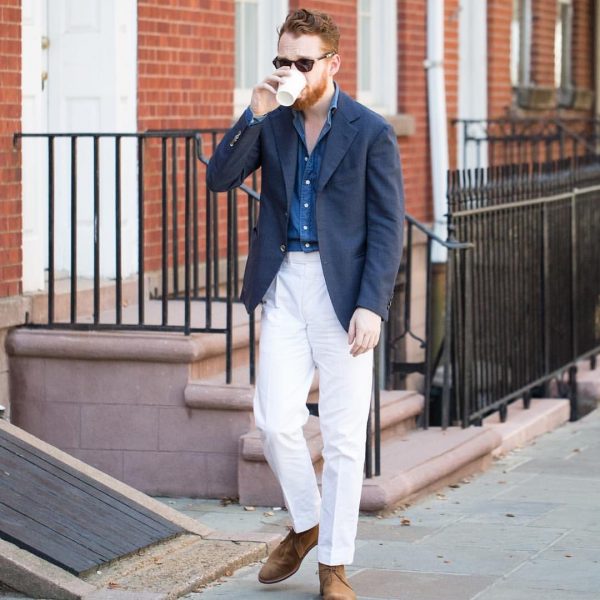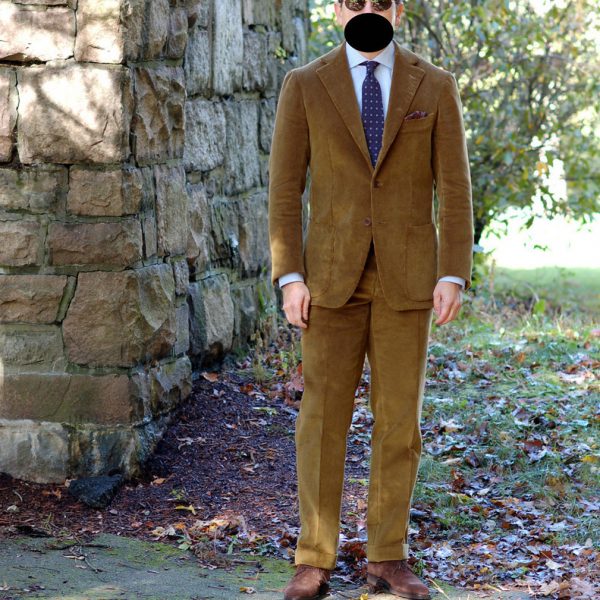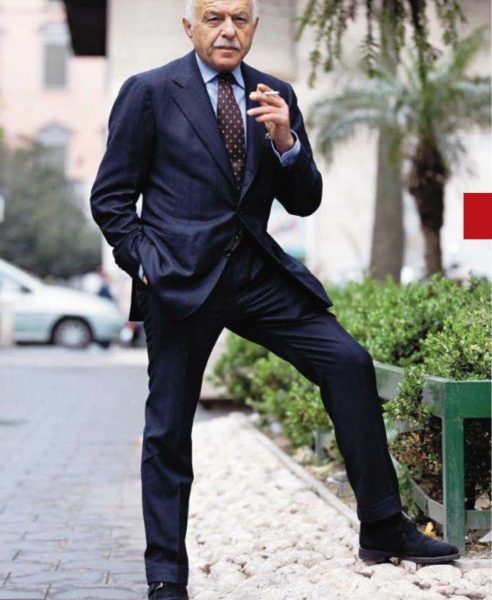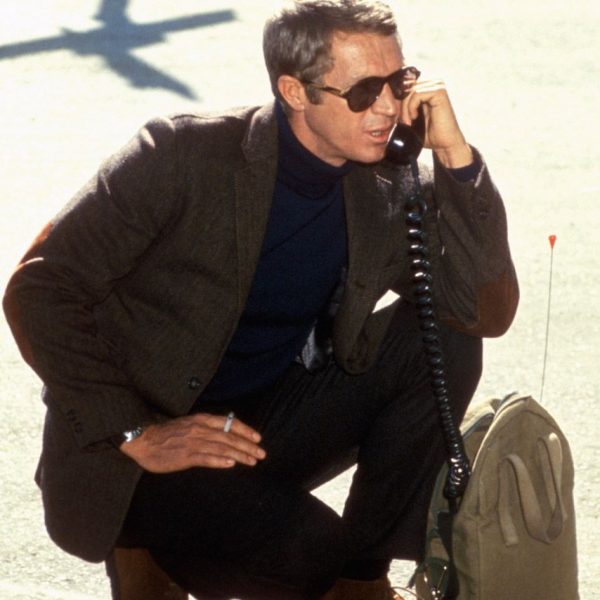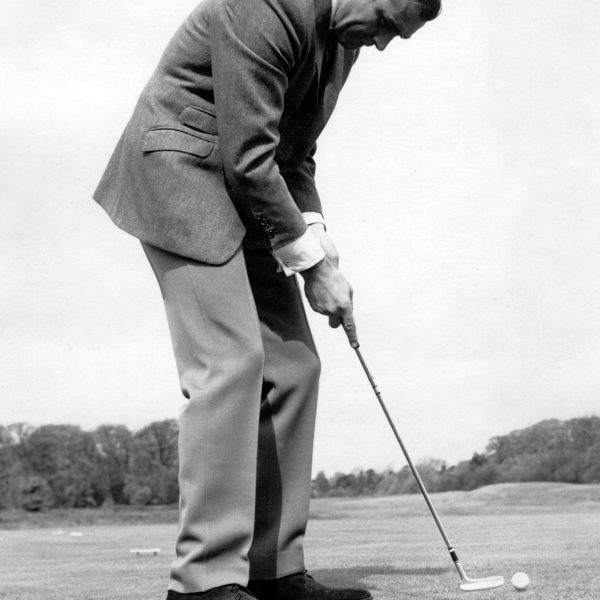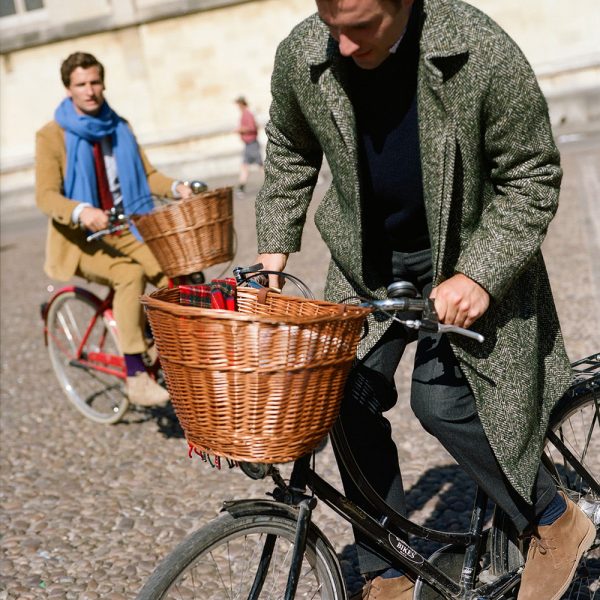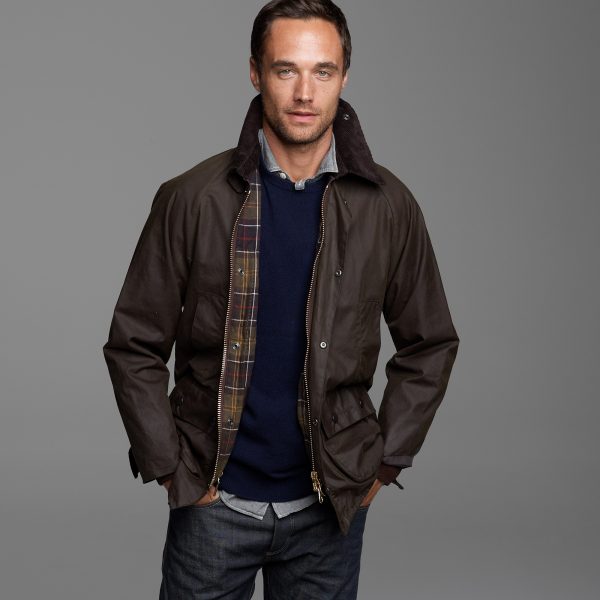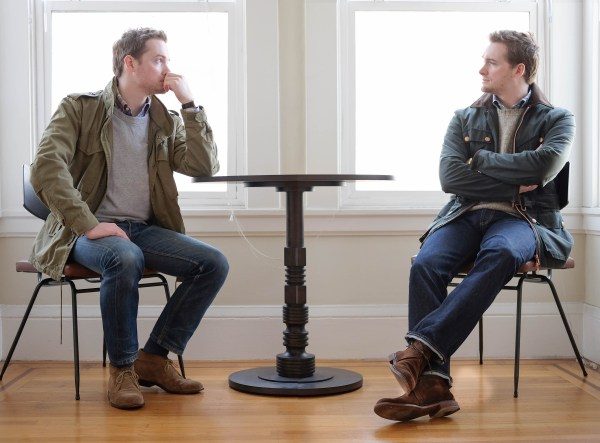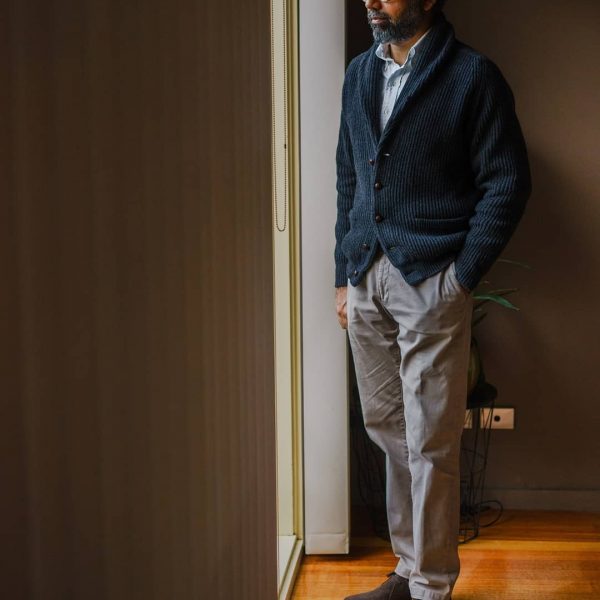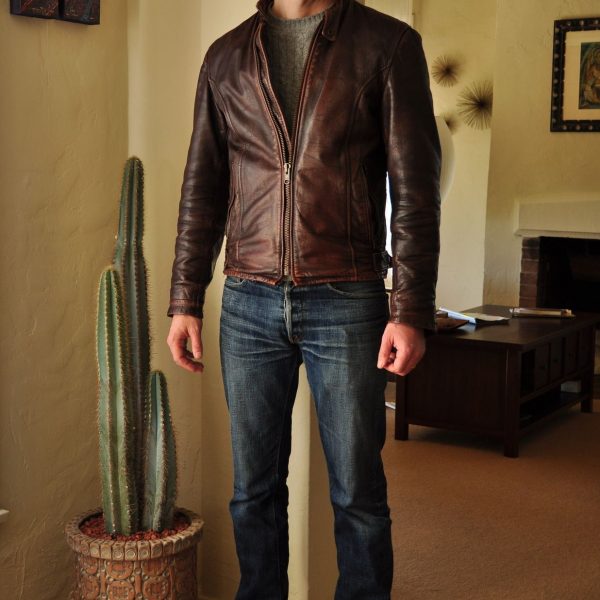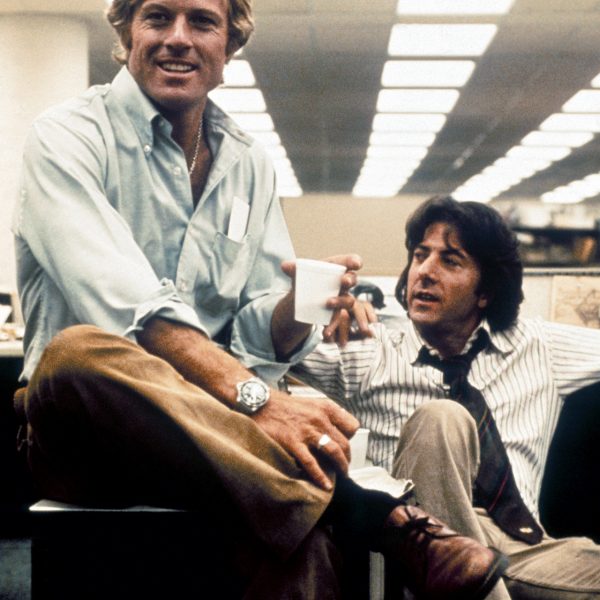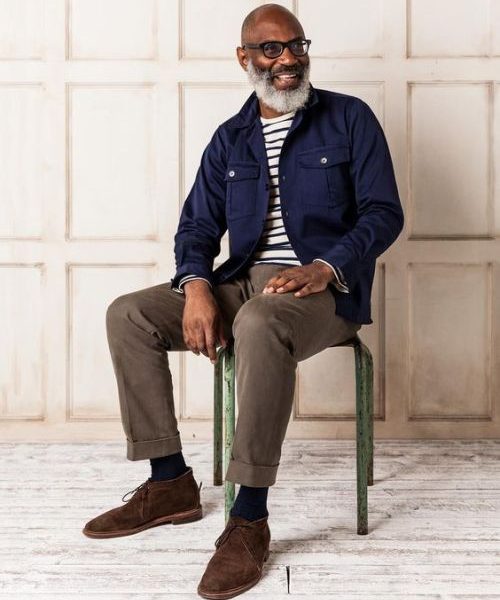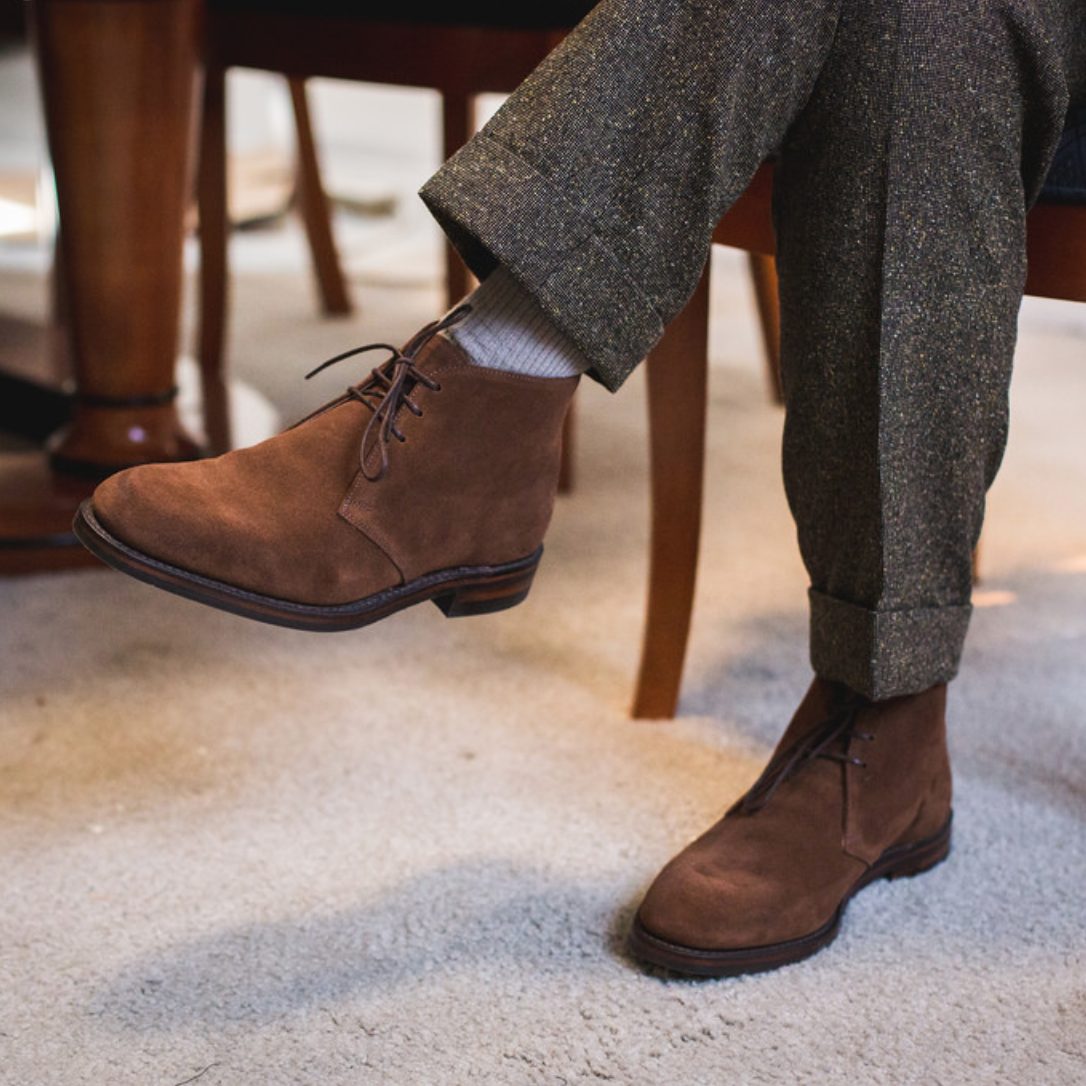
On the subreddit Male Fashion Advice, which is dedicated to helping men dress better, newer members will occasionally come up with creative ways to ask the nearly two-million-subscriber community what they should buy. These questions can range anywhere from the straightforward “what do you wear the most” to the unusual “imagine your house has burned down in a tragic inferno, everything except your family has been lost and you have to build anew; what’s your first wardrobe purchase?”
The internet has enthusiast forums for almost every single imaginable niche nowadays (here’s one dedicated to just Miami Vice), which can be treasure troves for good information. But the information often runs deep and wide, and it can be difficult for a newer poster to get answers on how to get started. Seasoned members get tired of answering the same questions, preferring to direct newbs to the search bar. Besides, good answers are often very case dependent and can take a while to figure out. When I interviewed guys like Michael Hill of Drake’s and Mark Cho of The Armoury a few years ago about what they wear the most, surprisingly few stated the sort of basics that show up on every Top Ten Essentials list. The best purchases often reveal themselves through a pile of bad ones.
When you’re new to a field, however, you may be fumbling around trying to develop a personal sense of taste. And it can feel like you’re reaching deep into your pocket to afford even the most entry-level of items. (I still feel light headed when reading about watches at Hodinkee). So while Top Ten Essentials lists are mostly useless, it can be helpful to start with one recommendable purchase and use your experience with that item to inform your views. For guys who are just getting their first pair of good shoes, let me recommend a specific model: Loake’s Kempton.
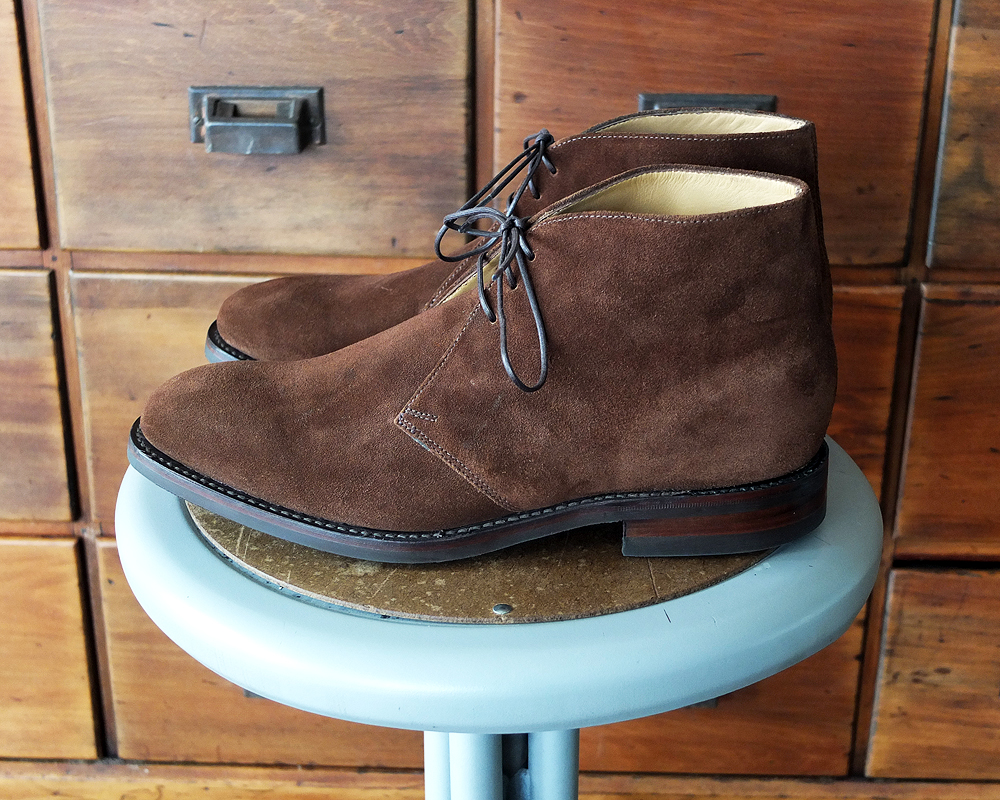
Loake is just one of the many British ready-to-wear shoemakers based in Northamptonshire, a region known for its footwear manufacturing. Fifty years ago, this East Midlands county was bustling with shoe exports going around the world. Today, there’s still a big shoe industry here, but the trade is a shell of its former self. During its heydays, one in three workers in the region were employed at one of Northamptonshire’s fifty or so shoemaking firms. At some point, the trade found new ways to incorporate synthetic materials into the manufacturing process and advancements in transportation made shipping cheaper. This crippled Northamptonshire’s shoemaking industry, which is mostly reliant on natural materials and has to pay British wages and rents.
The good news is that, among the manufacturing firms that have survived, you can be reasonably assured they sell quality products — mostly. Among Alfred Sargent’s many high-end shoes, there are some corrected grain clunkers. And in Loake’s range, only the premium 1880 line is worth buying.
The 1880 collection has all the hallmarks of quality shoe manufacturing. The soles are attached to their uppers using a method called Goodyear welting, which means they’re stitched-on and not glued. This allows you to resole your shoes when they wear down, rather than throw them away. The uppers are also made from full grain leathers, not corrected grain, which means they’ll look better with age. Corrected grain leathers are typically cut from lower-quality parts of a hide, which are marred with scars, tick bites, and cuts. To get a smoother and more uniform appearance, a tannery will sand down the leather’s surface and “correct” it with a chemical treatment. That treatment will look nice on day one, but it’ll crack and age poorly with time. Full grain leather, on the other hand, will develop a patina like the surface a well-polished tabletop with all of its changing highlights.
Among Loake’s 1880 collection, you’ll find their Kempton chukka. Chukkas, for those unfamiliar, are an ankle-high style boot, typically featuring two or three eyelets for easy lacing. It’s similar to its cousin the desert boot, but it’s dressier; slightly more structured; comes with a leather or studded rubber sole, instead of crepe; and is made with a welted instead of stitched-down construction. The style gets its name from a period of continuous play in polo (which is also sometimes known as a chukker). In the 1980s, it was a popular choice among London’s Sloane Rangers, a kind of upper-class consumer who liked to affect a certain lifestyle (think British prep). Today, the style is just a good match for the tailored tweeds and Shetland sweaters many men favor.
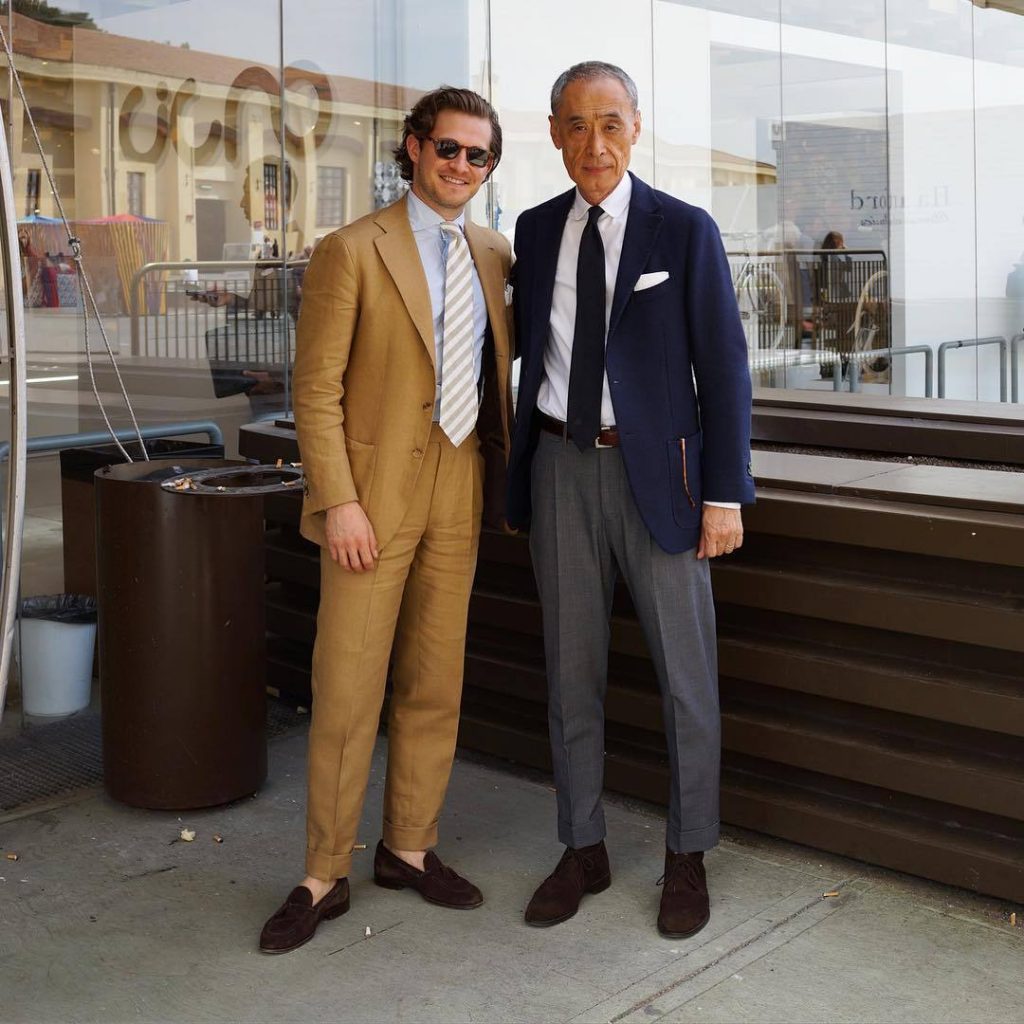
Kemptons check all the right boxes for someone who’s just starting to build a better wardrobe. For one, they’re well-made (again, Goodyear welted with full-grain uppers). They’re just shapely enough to go with tailored trousers, but are still casual enough for jeans, which will allow you to experiment more freely. The studded Dainite soles may not be appropriate for the most conservative of professional offices, but they’re fine in most settings. The soles are also more all-weather appropriate than dressier leathers. Leather soles, while handsome, can prematurely break down like wet cardboard in the rain. Studded Dainite soles, on the other hand, are good for dry summer days, wet spring mornings, and even snowy winter conditions. Michael Hill of Drake’s tells me that suede chukkas are his go-to travel shoes. “I don’t know if I should admit this, but even if I’m going away for business, I’ll take mine and that’ll do me well across the board,” he says. “They’re a tremendously useful style. You can wear them with casual suits, you can wear them to dinner, you can wear them on weekends. There are very few situations where they don’t look right.”
Best of all, Kemptons are reasonably affordable as far as these things go. The cheapest, reasonably well-made shoes on the market are sold through Meermin, where you’ll find chukkas for $210 ($14 lower than the Kemptons at $224). Meermins can be stiff at first, however, and take a while to break-in. The Kemptons are reasonably soft from the get-go (although welted shoes will always take more time to break in than shoes made with glued-on comfort soles. Give it a week or two). Invest in a $7 can of Allen Edmonds waterproofing spray and treat your suede Kemptons to a coat or two before you wear them outside. The spray will protect your boots from roadside splashes and errant food drippings.
How to Wear Them
Versatility can be overrated if you’ve already found your personal style and/ or have a large wardrobe (no one needs fifty pairs of the same gray slacks). But when you’re just starting off, versatility can be a good way to develop a grab-and-go wardrobe that allows you to get dressed in the morning without going through all the combinatorics and permutations of what-goes-with-what. A smart purchase should also allow you to explore different styles without requiring you to build a totally new wardrobe.
Chukkas can be that sort of shoe. They go naturally with tailored clothing, such as tweeds, navy sport coats, gray flannels, brown whipcords, autumnal corduroys, and tan cavalry twills. They’re good accompaniments with either suits or sport coats (when I visited Antonio Panico, a bespoke tailor in Naples, many years ago, he was sporting a pair of buckle strapped chukkas with a navy worsted suit). They go well with denim-and-sport-coat outfits, but also with tailored trousers. And they can be worn with topcoats and jeans for guys who want the benefits of tailoring without looking overly dressed up.
As an ankle boot, these naturally have a more autumnal sensibility. I find chukkas work three seasons out of the year. You may want to keep them away from the most distinctively summery of tailored outfits, such as linen or seersucker suits, but if you’re just starting out, you probably don’t have linen or seersucker suits anyway. Problem solved.
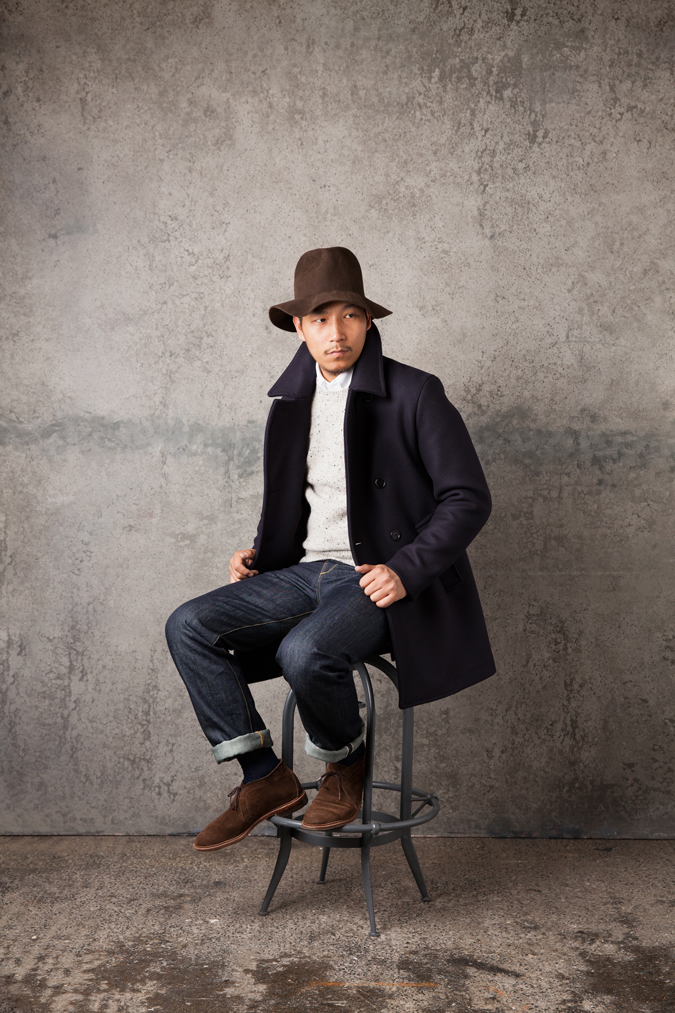
More casually, you can wear chukkas with waxed cotton Barbours, quilted jackets, certain leather jackets, overshirts, peacoats, a simple button-down-and-chinos combo, chunky shawl collar cardigans, cabled fisherman Arans, and almost anything that could be described as classic casualwear (which if you’re just starting out, you probably favor). Chukkas work with the sort of outfits often posted at From Squalor to Baller and Gezzaeyes. For a more directional look, they also work with certain kinds of workwear, such as slim-straight jeans and milsurp field jackets.
Like with tailoring, you may find that chukkas aren’t as useful in the summer with casualwear. For things such as camp collar shirts, you can supplement with a simple pair of sneakers. Superga’s 1705s can be had for between $40 and $60. We also do sneaker roundups every spring and stand by all of our previous suggestions. You can put the money you’ve saved from a better summer footwear purchase into things such as outerwear, which will make more of an impact on your wardrobe.
If you’re willing to spend a bit more money, plenty of other options become open to you. Carmina makes some wonderfully sleek chukkas (better with tailored trousers than denim, I think). Alden’s unlined, oiled-soaked flex soled chukkas are comfortably soft and better for spring through fall, rather than the coldest days of winter, but they have an appreciably relaxed look and feel. Lof & Tung come in a handsome tobacco color; Vass and Enzo Bonafe are a step-up in terms of construction since they’re handwelted (instead of machine-made Goodyear welted), which means they can withstand a greater number of resolings. Among my favorites are Crockett & Jones Brecon, which today is still probably one of my most worn shoes. They’re a little sleeker than Kemptons, and I’ve found the leather ages a bit better, but they’re about double the price (or triple if you buy them stateside). Like with everything, there are serious diminishing returns after a certain point once you climb up the price scale.
A note about style: mid- and dark-brown chukkas will always be more versatile than light brown. Black chukkas are mostly useless except for very limited contexts. And I find this style often looks better in slightly textured leathers, such as napped suedes and pebbled grains. When chukkas are made from smooth calf, the boots can look too plain with all that unbroken leather.
If you end up choosing the Kemptons for your first good pair of shoes, get professionally measured on a Brannock device before buying (too many guys think they know their shoe size when they don’t — leather shoes fit differently from soft and squishy sneakers). Generally speaking, you’ll want to go one size down on Loake’s UK sizing system from your US Brannock size (e.g., a US 9D on the Brannock will likely take a UK 8F in the Kempton). Try to buy from a domestic seller who allows for easy returns, just in case things don’t work out. And refer to our guide for knowing when your shoes fit properly. Loake’s Kemptons may not end up being your shoes-for-life, but they’ll help you find yours.
(photos via Street x Sprezza, From Squalor to Baller, Voxsartoria, J. Crew, Drake’s, The Armoury, Red Clay Soul, JHilla, A Rich Inner Life)
